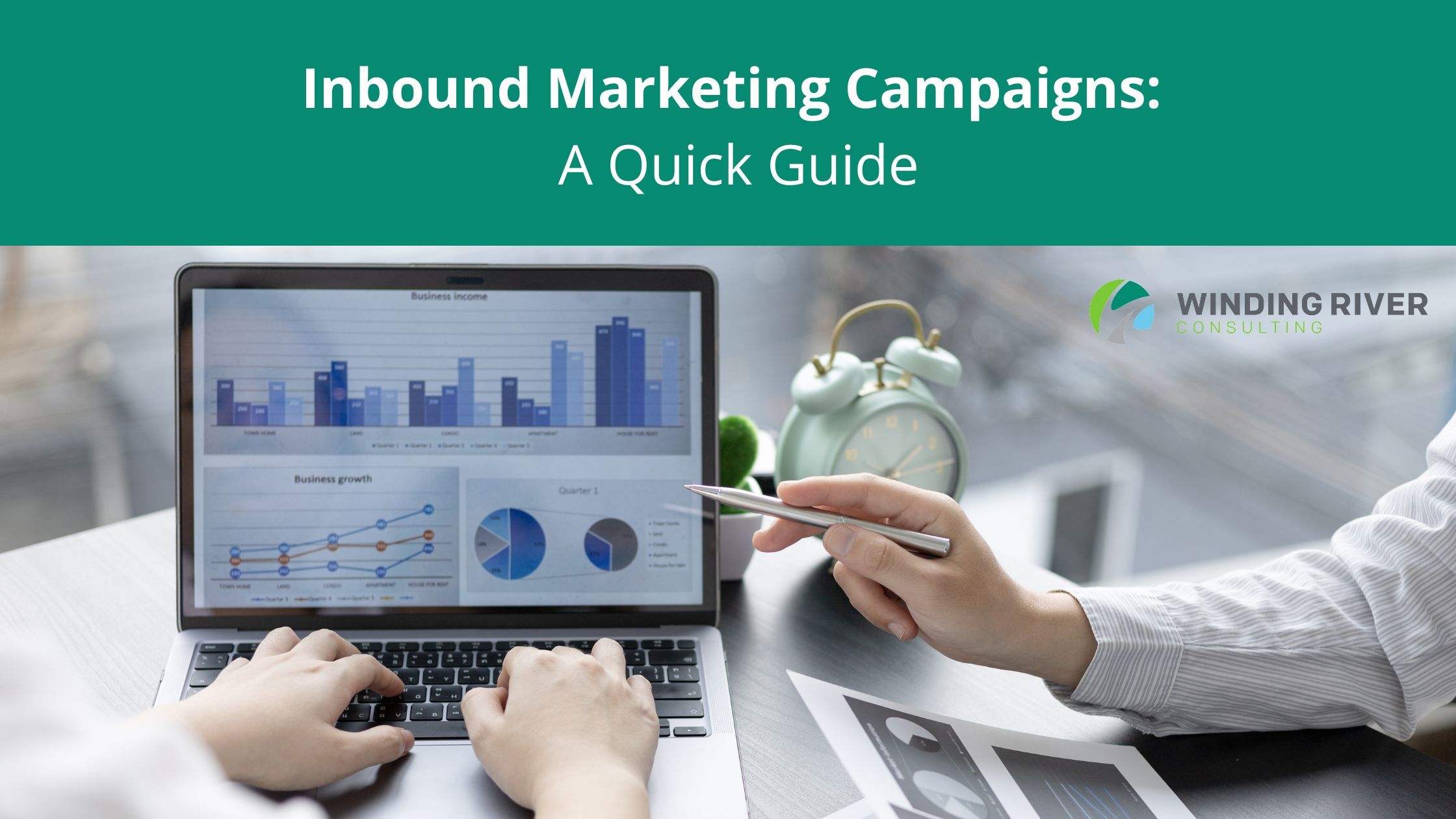3 min read
Enhancing Growth: The Crucial Role of SEO Strategy for Modern Accounting Firms
In today’s digital landscape, having a robust online presence is essential for businesses across industries. Professional service firms, including...

David has served as an outsourced CMO, agency executive, and change agent for organizations in sectors from fast-growing start-ups to well established Fortune 500 companies. He has a knack for building meaningful relationships. David has found that while each business and industry is unique, the foundation to success is always the same — know your audience.
Table of Contents
If you’re in a leadership role at an accounting firm, chances are you’re familiar with the importance of investing in digital. In fact, 83% of accounting leaders agree that technology and digitization investments are necessary to keep pace with a changing market. Firms that fail to make the right investments run the risk of fading into irrelevance.
Tracking the effectiveness of your firm’s investment in digital initiatives is not a straightforward matter. Digital strategies can be complex, with a broad scope that stretches across every single practice area. They take time to pay off: you can’t start to invest in digital one month and expect immediate results the next.
These facts make it crucial to carefully select metrics that enable your firm’s leadership to accurately track the ROI of digital investments. It can be tempting to focus on vanity metrics that cast a favorable light. However, the real value lies in identifying key performance indicators that provide a tangible, objective read on the value generated by your firm’s digital strategy.
The metrics you choose should be holistic in nature. Knowing the cost you paid per click on a Google Search Ad campaign is important at a tactical level, but that granularity isn’t helpful to leadership. Instead, focus on more comprehensive metrics that illustrate the overall ROI of digital spend.
Here are five areas accounting firms should focus on to track the ROI of their digital investments:
Let’s take a look at each of these concepts in more detail and explore the purpose they serve in tracking the overall ROI of a firm’s digital investments.
A successful digital strategy requires a cultural evolution away from traditional ways of thinking. The entire firm should be bought into the creation of digital culture: a mindset that embraces technology and innovation to fuel practice growth.
Digital culture begins at the top. It’s vital leaders are fully supportive of digital investments and set an example for employees to follow. That means adopting new technologies, revitalizing everyone’s LinkedIn presence, and identifying digital rainmakers that have the capacity to make a difference.
How do you measure the impact of all this? The answer to this question depends on the digital marketing tactics being used by your firm. Perhaps you’re interested in adoption rates for a new technology platform you rolled out. Or maybe you’ve asked each employee to complete two digital brand-building tasks each month––what percentage are doing it?
The cornerstone of your firm’s digital strategy is your website. Think of it as a digital storefront: a place for potential clients to find your business and shop your services before ultimately making a purchase.
Broadly, the more traffic you have to your website, the more new digital business you’ll drive. There is a caveat to this: not every website visitor is created equal. Clearly, you’d rather have 5 Fortune 100 CFOs visit your website than 50 Mom and Pop business owners.
The right digital strategy doesn’t just blindly grow your website traffic––it focuses on driving traffic from potential clients in the markets that your firm services. To track this, look at metrics including monthly site visitors, returning site visitors, time on page, pages per session, and more. Together, these help you understand the increase in demand for your firm’s services.
As your firm’s digital strategy grows momentum, you’ll start to experience an increase in leads from your website. To understand whether the potential of these new client relationships justifies the investments you’re making, track the average cost per lead your firm pays.
There are various ways that this can be measured. You might track it on a channel basis, looking at how much it costs on average to generate a lead from different marketing channels. This tactical tracking allows you to make adjustments to digital marketing strategies and prioritize channels that deliver a lower cost per lead.
However, you should also track cost per lead on a more comprehensive level. Marketing channels don’t exist in a vacuum––prospects will engage with many different channels. By taking all your leads, and all your digital channels in sum, you should be able to calculate how much your firm pays for each lead. Using this blended metric helps firm leadership track the effectiveness of the digital strategy in driving new demand for your firm’s services.
Of course, not every lead is equal. Some convert but many others do not. Even among the leads that convert, there might be wildly varying engagement sizes. One client might sign on for a significant ongoing consulting engagement, whereas another might just be an individual looking for a CPA to prepare their tax returns.
To establish the effectiveness of your digital investments, it’s important to have systems in place that help your firm to qualify your leads. These allow you to obtain an objective measurement of the value of the clients you’re attracting.
Investments in digital should be focused on helping your firm attract and retain large, profitable clients that help you to scale your business. If all your leads are coming from tiny businesses, your digital strategy won’t achieve its objectives, and your competitors will stretch ahead.
There are several ways to measure the quality of the leads your digital efforts are attracting. When a prospect completes a form on an accounting services page, don’t just ask for their name and email address––ask what business they represent, the size of that business, and the services they’re interested in. You can ask similar questions when collecting signups for a lead magnet or an event.
Attracting site traffic is one thing, but converting these visitors into paying clients is another. You could have tens of thousands of visitors to your website each month. If they all leave after viewing a page or two, you’ll end up with nothing to show for your hard work.
To make sure this isn’t the case, take a proactive approach to managing conversion rates. Pay attention to these metrics at various stages of your sales pipeline. At the very outset, focus on increasing the number of first-time visitors who share their email addresses. At the bottom of the funnel, monitor the percentage of formal proposals that result in signed client contracts.
Adopting a CRM platform helps firms create a unified experience throughout the customer journey. These technologies offer you access to advanced analytics that help you identify areas where you can improve conversion rates, resulting in a significant boost to the overall ROI of your digital strategy.
Mastering a digital strategy and demonstrating tangible ROI to your firm’s leadership is no easy task. The stakes are high: delivering a winning strategy offers huge rewards and cements the long-term financial health of your firm.
If you’re struggling to ignite digital growth at your firm, Winding River Consulting can help. Our team of experienced strategists is available to help you build your firm’s strategic growth strategy from the ground up.
Contact us today to learn more.

3 min read
In today’s digital landscape, having a robust online presence is essential for businesses across industries. Professional service firms, including...
![How Much Does Inbound Marketing Cost in 2024? [Comprehensive Guide]](https://windingriverconsulting.com/hubfs/Imported_Blog_Media/WRC-Blog-Header-Image.jpg)
14 min read
Question: How much does inbound marketing cost in 2024? Answer: Effective inbound marketing should cost 10-13% of a company’s annual revenue. Take...

4 min read
As a firm leader, you know how important marketing is to the continued success of your practice. You’re cognizant of the fact that the digital...